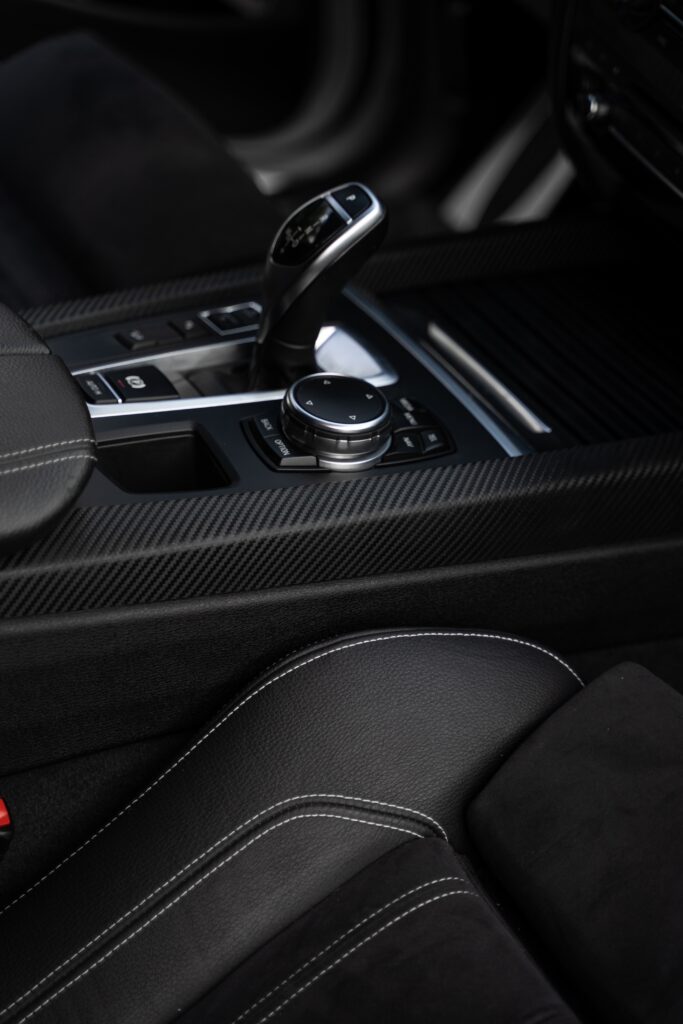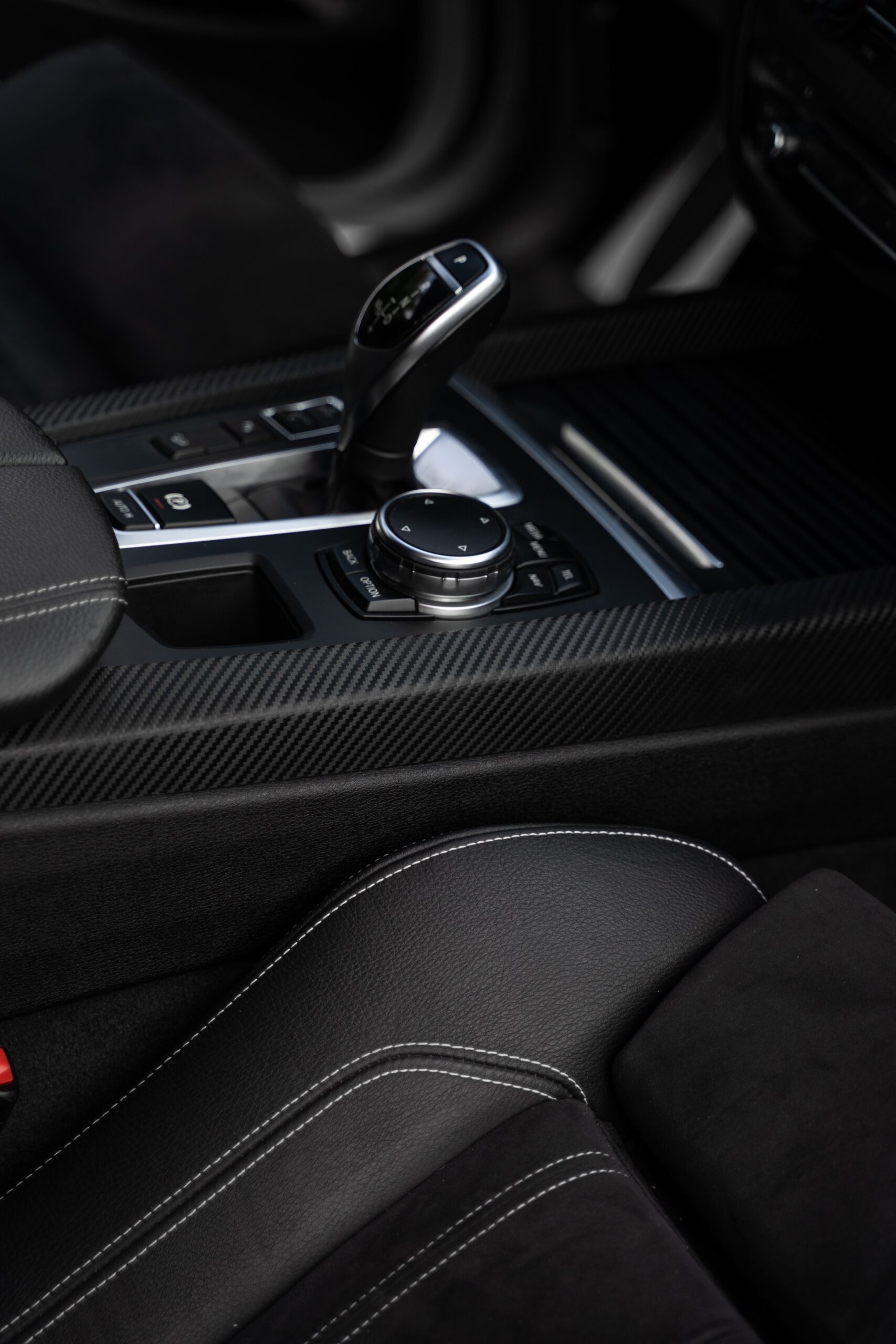Carbon fiber injection molding is a cutting-edge process that offers numerous benefits over traditional manufacturing methods. This process utilizes composite materials made from chopped carbon fibers and a polymer resin to create lightweight, yet strong, parts and components.

Carbon fiber is a strong and lightweight material that is widely used in a range of industries. It is made by heating and stretching long strands of carbon to create a material that is several times stronger than steel and lighter than aluminum. This material is widely used in the aerospace and automotive industries, as well as in the manufacture of sports equipment and consumer goods.
Injection molding is a versatile manufacturing method that can produce complex shapes and designs. By incorporating carbon fibers into the process, manufacturers can achieve even greater strength and stiffness, making it ideal for applications in a range of industries, including aerospace, automotive, and sports equipment.
One of the biggest advantages of carbon fiber injection molding is its ability to create parts that are both strong and lightweight. This is important because it allows manufacturers to create products that are lighter in weight, which can result in significant fuel savings, improved performance, and reduced emissions. Additionally, the strength of carbon fibers makes them ideal for applications that require parts that can withstand high stress, such as aircraft and racing vehicles.
Another advantage of carbon fiber injection molding is that it is a cost-effective method for producing high-quality parts. The process is relatively quick and can be easily automated, which means that manufacturers can produce parts in large quantities and at a lower cost compared to other manufacturing methods. Additionally, the use of composite materials means that there is no need for post-molding operations, such as painting or finishing, which can further reduce costs.
Carbon fiber injection molding is also a sustainable manufacturing solution. The use of composite materials helps to reduce the amount of waste generated during the manufacturing process. Furthermore, the lightweight parts produced through this process require less energy to transport, which can result in significant environmental benefits.
The types of resins that carbon fiber is added to in the injection molding process are typically either thermoset or thermoplastic resins. Thermoset resins are typically used in applications that require high strength and stiffness, as they cure and harden once molded. On the other hand, thermoplastic resins are known for their ability to be melted and molded multiple times, making them ideal for applications that require parts with a high degree of flexibility. Both types of resins offer unique benefits, and the choice of resin will depend on the specific requirements of the application.
Carbon fiber can be added to both nylon and polypropylene to create composite parts through injection molding. Carbon fiber nylon parts offer high strength and stiffness, making them ideal for applications that require parts that can withstand high stress. Additionally, nylon is known for its high impact resistance, making it a good choice for applications that require parts that can withstand rough use.
Carbon fiber polypropylene parts, on the other hand, offer improved stiffness and strength compared to pure polypropylene parts. They are also lightweight and have a good resistance to environmental stress cracking, making them suitable for use in harsh environments. Polypropylene is also known for its good chemical resistance and low moisture absorption, making it ideal for applications that require parts that are durable and long-lasting. Whether you are looking for high strength, durability, or a combination of both, carbon fiber reinforced nylon and polypropylene parts offer excellent performance and reliability.
In conclusion, carbon fiber injection molding is an innovative solution for manufacturers looking to create high-quality, lightweight, and cost-effective products. This process offers numerous benefits over traditional manufacturing methods, including improved strength and stiffness, cost savings, and sustainability. If you are looking to take your manufacturing operations to the next level, consider incorporating carbon fiber injection molding into your process.

